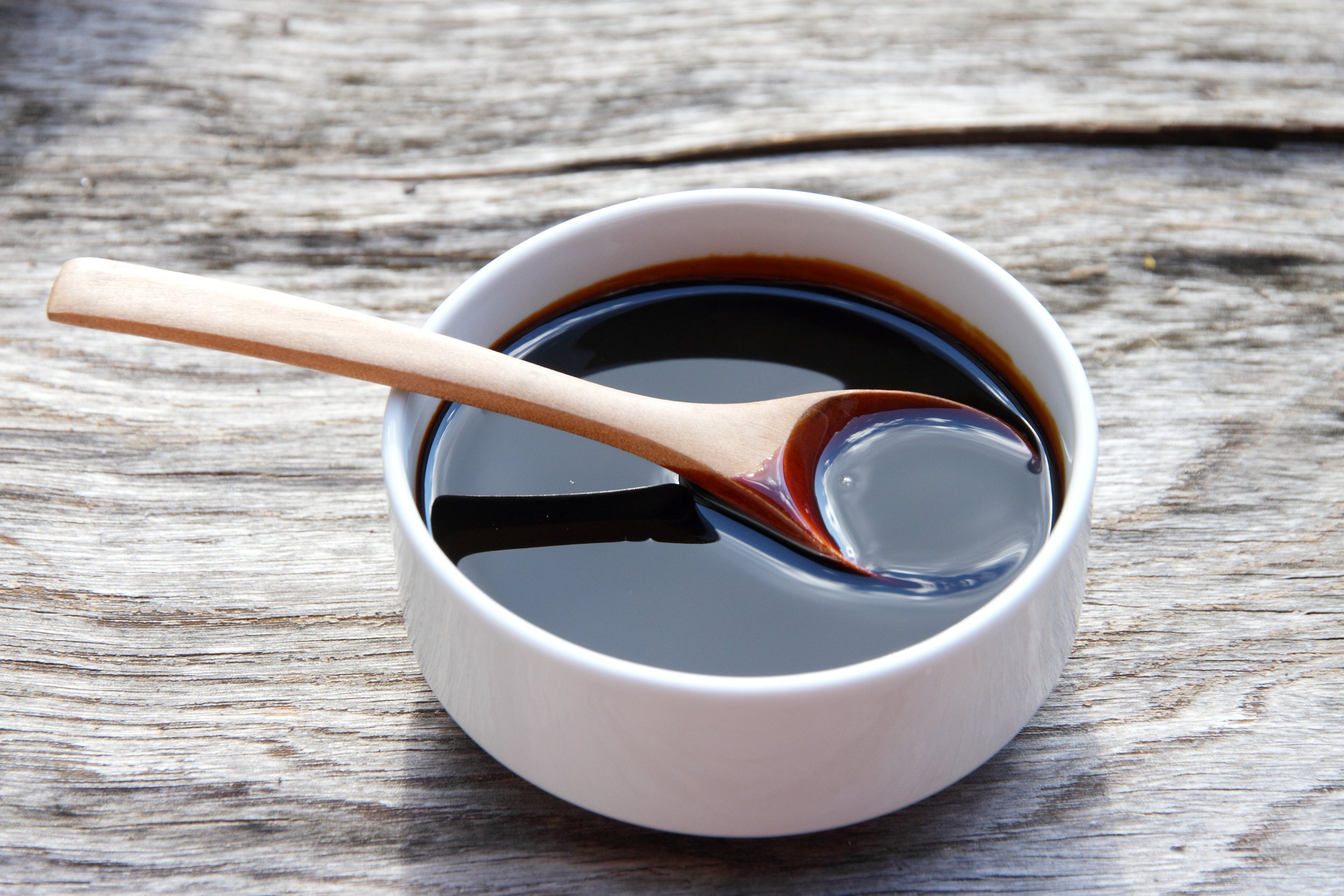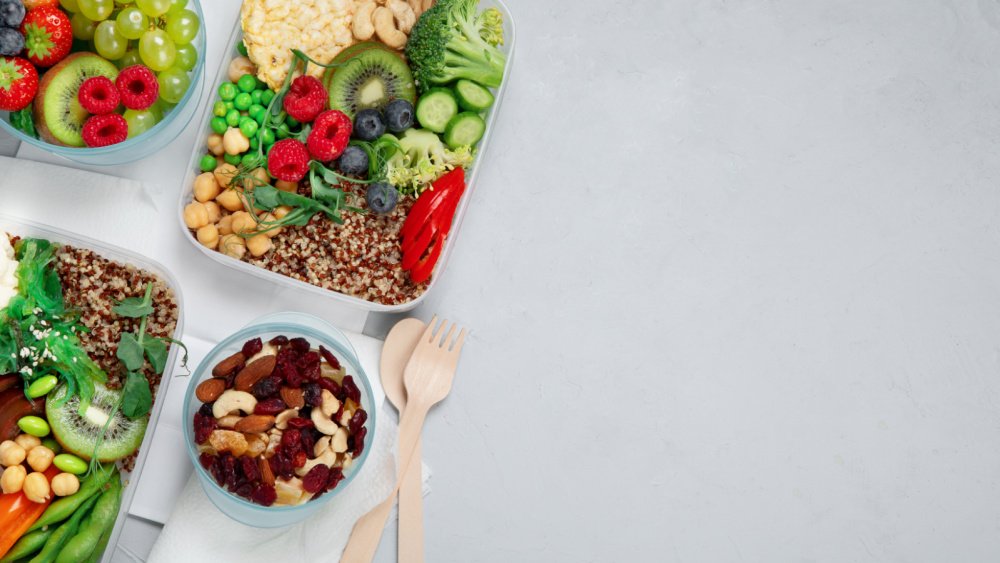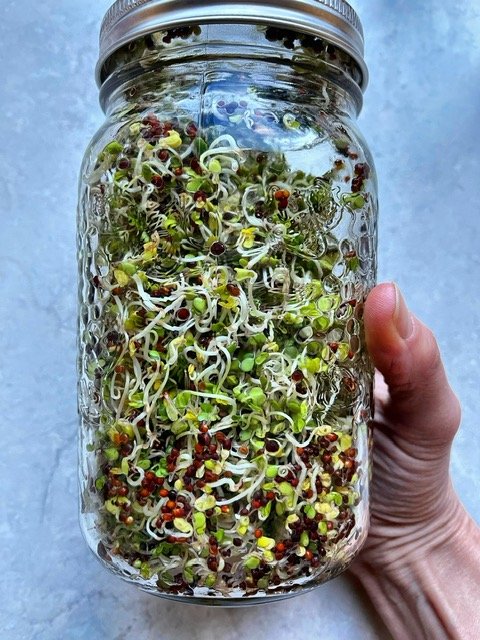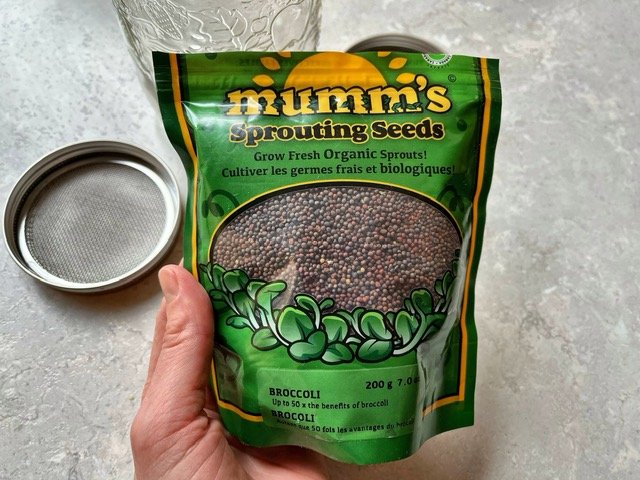It’s a real thing.
Teenagers love the carbs.
They are drawn to them.
Sometimes driven by them.
With that carb-crazed (frenzied even) look in their eyes.
I know, I have one, and truth be told, he’s got his hands in the chip bag every time I turn around. The pull is strong; the cravings genuine.
And if left to their own devices, the teens will reach for the carbs every time.
And it’s not wrong.
In fact it’s a physiological mechanism and also a psychological one.
What matters the most here is the FOOD CHOICE.
Living in the world we are today, while good quality carbohydrates can be health supportive, the wrong carbs can wreak very serious havoc on the body, disrupt many other bodily systems, and set these teens up for disease development down the road.
This is why getting clear on carbohydrates and teens is so important.
Why Teenagers Reach for Carbohydrates
They Need More Calories: Naturally, teenagers are developing at a rapid rate. Their developing bodies, brains, nervous and hormonal systems, are working overtime. Many of today’s teens are also highly physically active. When the body’s demands exceed their caloric intake, the body will naturally ask for more calories. The easiest way to increase calories is through carbohydrates, the body’s first source for fuel, so the messaging that the brain receives from the body is to add glucose. The reach for carbohydrates is thus, a natural, physiological response to the body asking for more fuel.
They Crave Sugar: Teenagers have warranted cravings for sugar as the body looks for more caloric intake. The more these teens meet their sugar cravings with sugar in the form of refined carbs, the more they will continue to reach for these quick-release glucose foods. Once we begin to meet our sugar cravings with junk foods, we will spike and then quickly crash our blood sugar levels, leaving us to crave more junk foods as the cycle continues.
Teenage Brains Love Rewards: The brain's reward system releases the neurotransmitter dopamine when stimulated by pleasurable events, increasing the drive to carry out these activities. Teenagers are particularly drawn to this dopamine release & reward system. Just as your teenager will continue to go back for more video games, tik toks, and loud music, they too will return time and again for the dopamine releasing rewards of sugar.
Lack of Prefrontal Cortex Development: If you are a parent of a teen, you likely understand that the prefrontal cortex is still in developmental stages until their early 20s. This premature development affects their ability to perform executive functions, elicit behavioural control, and affects attention and decision-making. For this reason, we often see increased risk taking behaviours in teenagers. The prefrontal cortex helps us to resist performing behaviours triggered by events in the environment. Resisting these behaviours in the face of immediate reward, such as sugar, can be difficult, particularly for teenagers.
They Taste Good: Simply put, carbohydrates tend to meet our taste sensation needs easily. Refined carbohydrates have become a mainstream street food for teens because of this and it’s what they are often served at school during Hot Lunch or in the Cafeteria, because we know the average teenager will have no trouble getting it in.
Once we’ve understood some of the physiology behind these cravings, it’s a little easier to understand why your teen might fight you tooth & nail for those french fries, but it doesn’t necessarily clear up the issue.
From a Nutritional Standpoint, the real trouble here is that Carbohydrates have been misunderstood and gotten a bad rap throughout the years and are not all created equal. Real, unrefined carbohydrates are an absolutely imperative food category for teenagers, provided there is good food choice and proper nutritional balance. Refined carbohydrates: white bread, pasta, chips, deep fried foods, processed and junk foods, have zero benefits for your teen.
And this is the piece we must get clear on as parents.
Supporting Your Carb-Crazed Teen
Do Not Wrong Carbs: I work predominantly on supporting my clients in building a healthy and positive relationship with food, so I am continuously aware of food language and modeling. When raising kids, it’s so important to remember that our kids will model us, whether that is our intention or not. Notice your language around carbohydrates and food in general, and be sure not to make an enemy out of carbohydrates. Carbs are one of 3 main macronutrients of the diet and are responsible for many important physiological processes for all humans, especially teenagers.
Prioritize Real Food: Always, always, always. Stick to real food whenever possible and do whatever you can to have real food on hand for your teen. Let them know what they can reach for after school, give them good options for breakfast, and fill their lunch will lots of real food snacks. Teach them, as often as possible, why choosing real food supports better energy, focus, sleep, mood, and proper development, while also preventing disease development. You may feel it lands on deaf ears, but you know, as any parent does, that if you say it enough times, it will sink in (even if they don’t act like it 😉).
Provide Complex Carbohydrates: The teenage body needs carbohydrates. One of the primary functions of carbohydrates is to provide the body with energy. Teens require extra energy to support their many developmental demands. Carbs are also responsible for the effective breakdown of fatty acids, for assisting in lipid metabolism, proper biological recognition processes, building macromolecules, and sparing protein. Provide good quality, complex carbohydrates regularly. Good choices for teens include: brown rice, quinoa, millet, buckwheat, and starchy vegetables.
Don’t Buy Junk: If you buy it, they will eat it. Period. Try not to have it in the house regularly and when you do bring it in, remind them that it is an occasional thing. While I do believe it’s important not to wrong real food and food choices, I also feel it’s important to be straight with our kids and tell them the truth about what’s in junk food and talk openly about the power and influence of the food industry, so that they can make informed decisions as they mature.
Load Them Up with Fiber: Fiber is a health superhero that supports all main physiological processes, prevents disease, helps to stabilize blood sugars, and is satiating, so it helps your teen to feel full for longer. Be sure that your teen consumes lots of fresh vegetables and fruit, nuts, seeds, whole grains, leafy greens, beans, and legumes, as often as possible. I encourage that you have fresh vegetables or fruit on hand for that after school blood sugar dip (a smoothie is a great idea here too), to stabilize them, fill their bellies, and tide them over until dinner.
Let Them Make Mistakes: Teenagers seek autonomy and they need a certain amount of it in order to support healthy development. Let them make their own decisions around food in those circumstances that make sense. If we are too overbearing around their food choices, we risk reactionary behaviours. Teach them about good food as often as you can and trust that that will be enough to carry them forward. And WHEN they don’t choose in the way you had hoped, let it go.
More Reads on Feeding Healthy Teens
Feeding The Ravenous Teenager
Teaching Youth About Plant Based Options
Helping Your Teen Pack Their Own Lunch




















